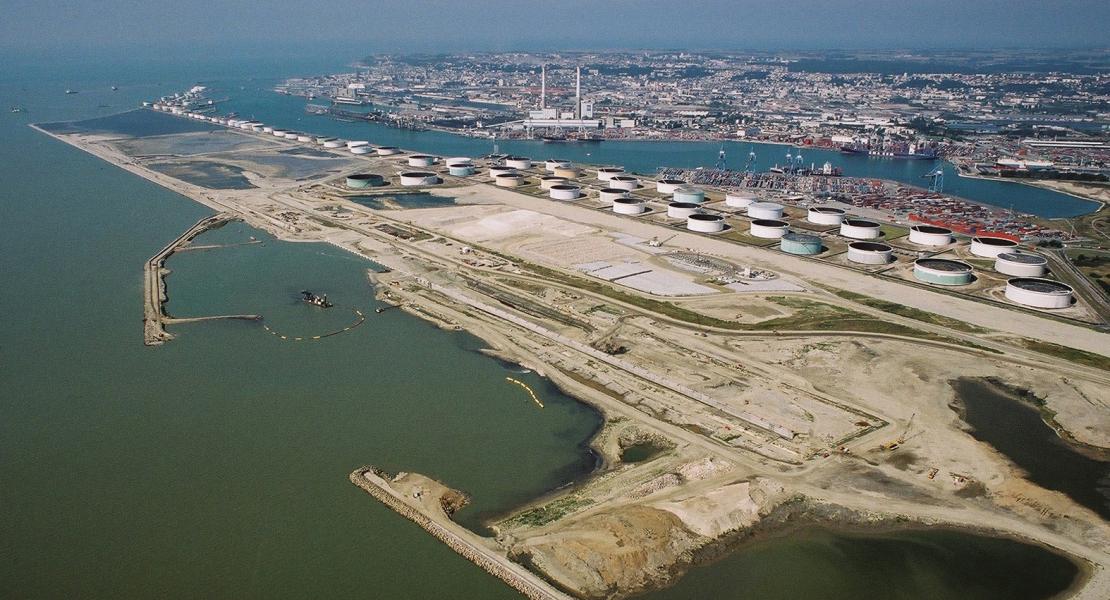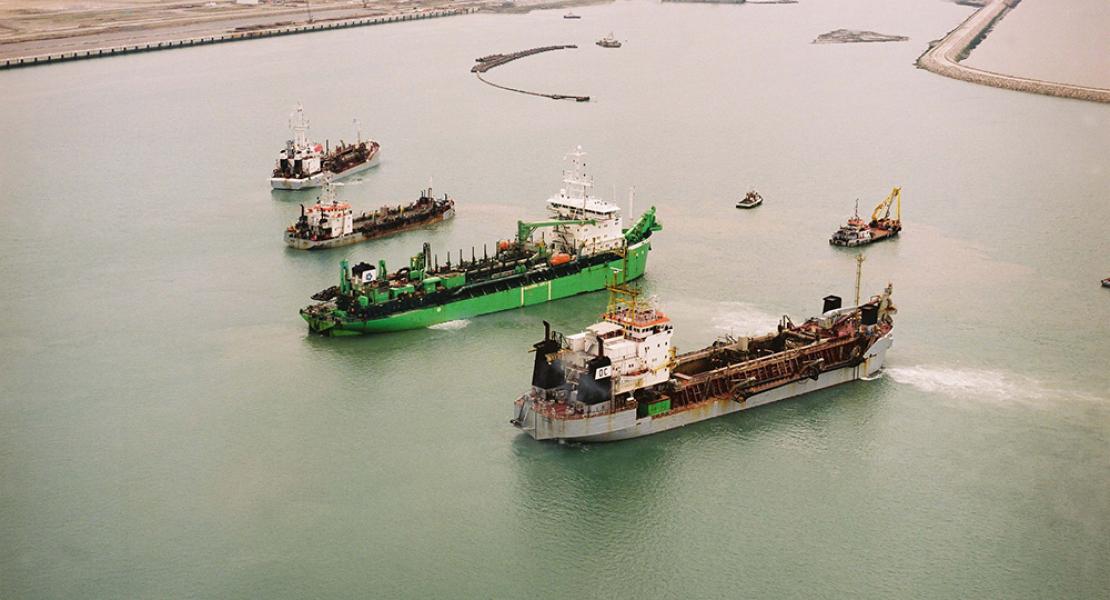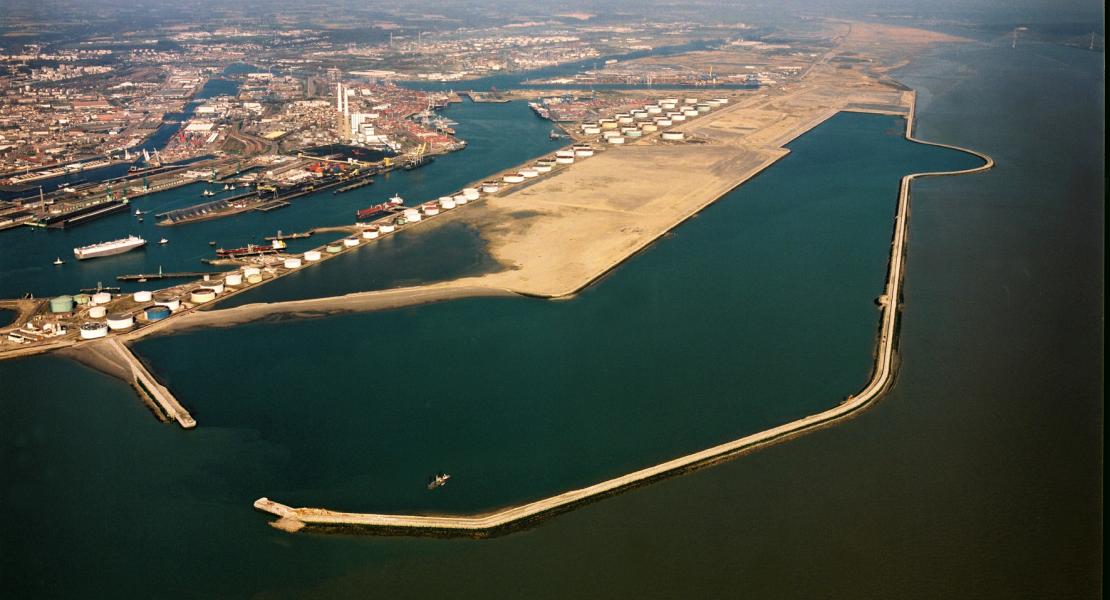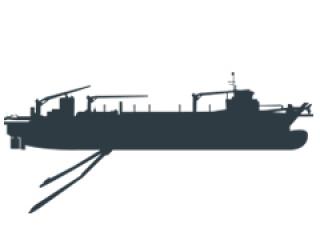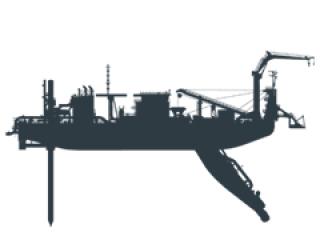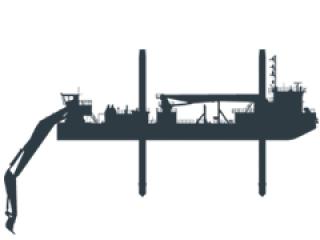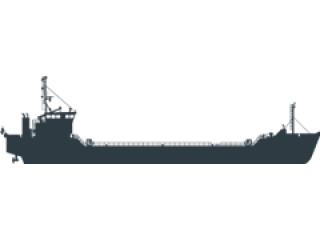Le Havre port authority decided to embark on a massive, multi-year extension project known as Port 2000. This prestigious project included dredging the access channel (10 km) and turning basin, the construction of breakwaters (North, West and South) to protect the new harbour against waves and currents, construction of a containment bund and temporary slope protection for a container backup area, as well as a temporary breakwater and two gravel beaches. Additionally, DEME was responsible for the construction and submersion of two caissons in reinforced concrete at the harbour entrance.
What we do
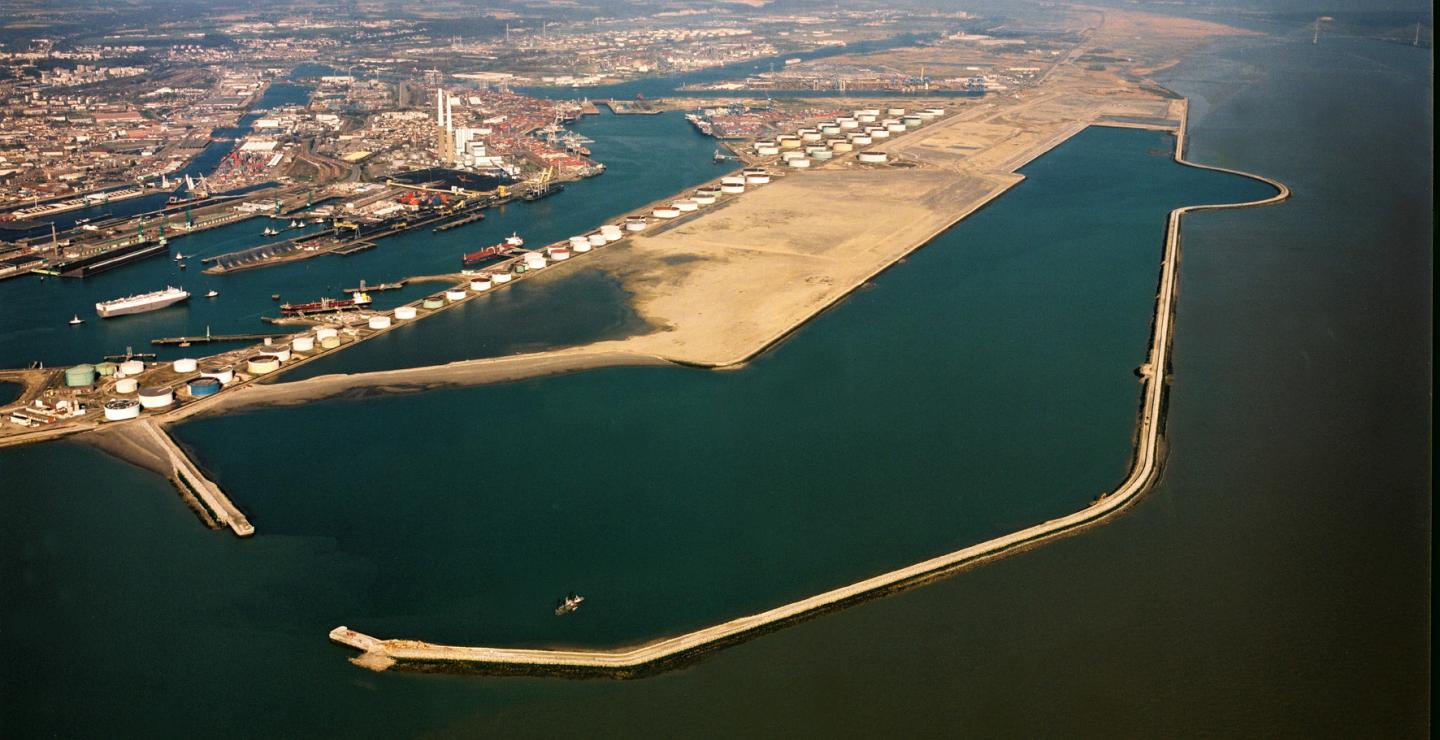
Challenge
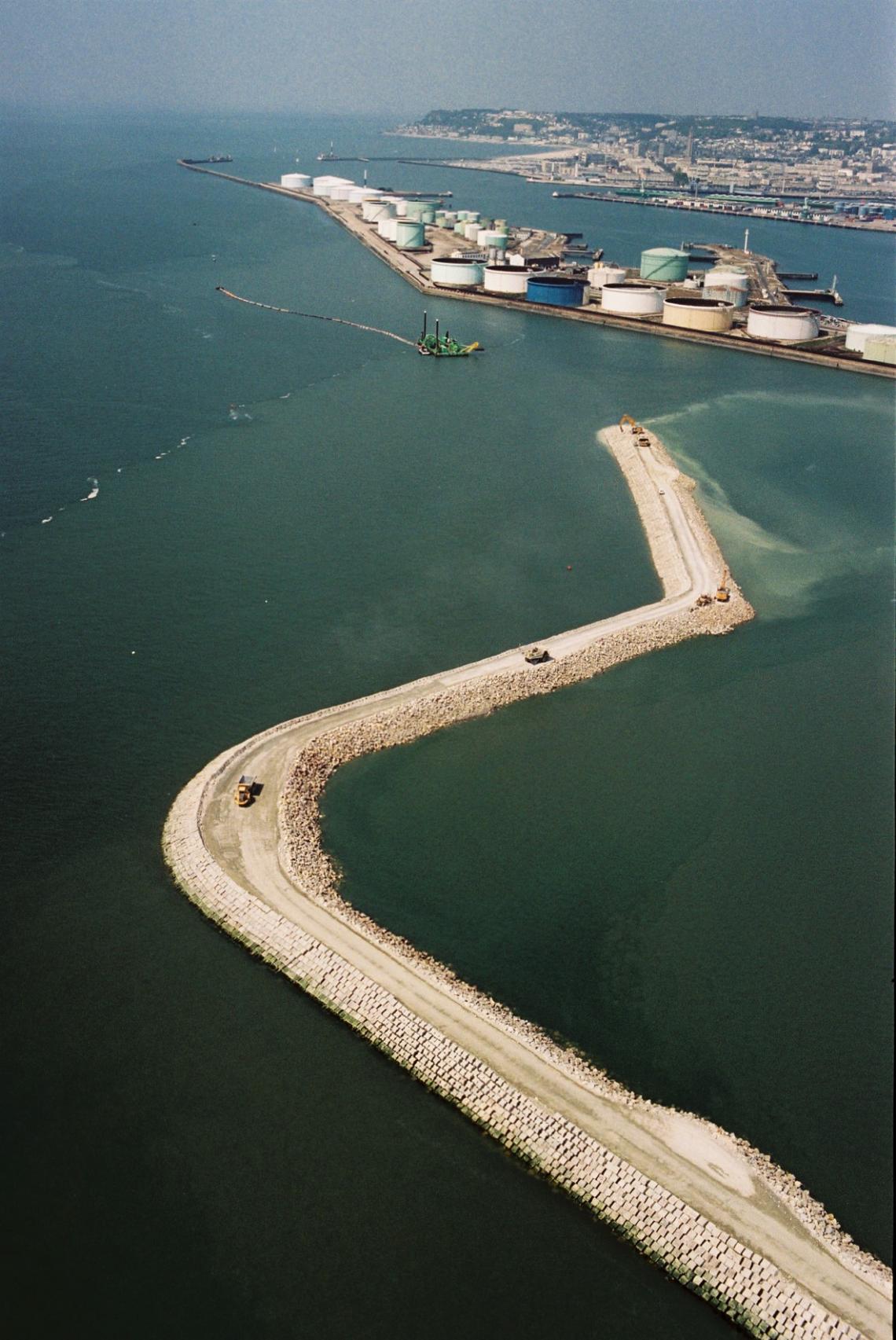
Solution
We worked in partnership with our customer and performed this complex project based on our own design, with the customer’s design used as a reference. Following improvements to our customer’s reference design, we proposed an alternative during the tender.
The main elements of our proposal comprised:
- Design of the dredging works by the introduction of underwater storage areas, allowing the works to be executed in a more economical manner.
- Design of the dykes replacing the conventional rock embankment with a protection using concrete blocks (Accropodes).
- Adjustment of the project phase design, optimising the impact on the estuary. The impact of the project phases on the estuary was simulated via a mathematical model in cooperation with SOGREAH, the engineering agency.
Used technology:
We realised an underwater foundation for the sea defence walls in locally extracted gravel. Due to the influence of the current and the impact of the waves, we continuously adjusted the concept, as well as the execution method, by working in partnership with the customer and the engineering office. Thanks to continuous knowledge acquisition and the exchange between site experience and mathematic and physical modelling the dyke foundation design was successfully optimised.
Additionally, the design of the caissons at the port entrance and the foundation trenches for the caissons were improved and optimised. We adjusted the design of the foundation layer for the corner caissons after detailed soil analysis and the design of the new beaches (which was an environmental compensation measure) was altered in order to optimise the realisation, as well as their final formation.
